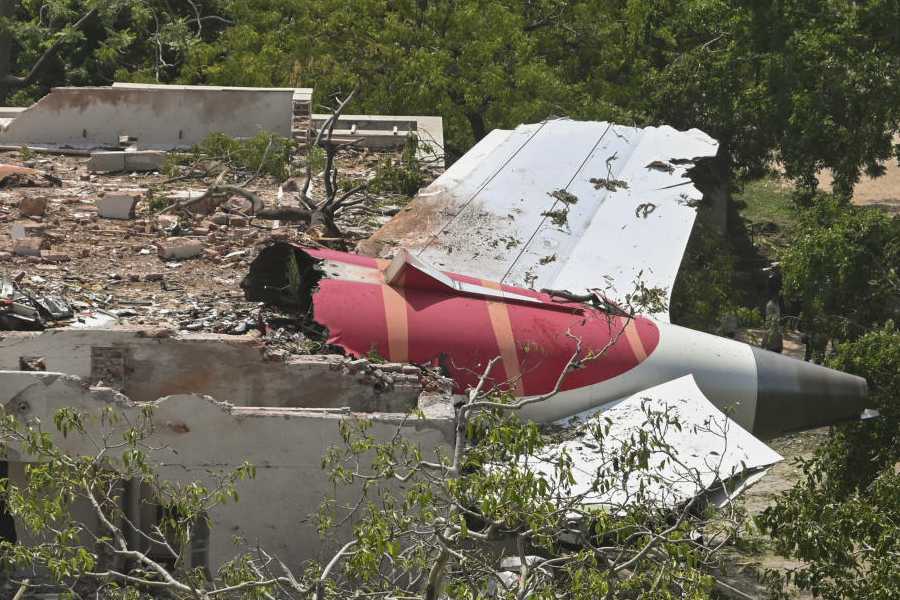Aizawl, Nov. 22: Contrary to health minister Tlanghmingthanga’s recent claim, the HIV/AIDS rate in Mizoram is increasing at an alarming rate.
Out of 8,385 blood samples tested between October 2005 and October 2006, 446 were found to be HIV positive.
Mizoram State AIDS Control Society deputy director Rohmingthanga said, “We have a new case of HIV every day.”
As many as 3,20,272 blood samples were tested during October 1990 to October 2006, of which 1,770 were found to be HIV positive.
The AIDS control society officials attributed the increased number of blood tests to a heightened awareness among people regarding the dreaded disease.
“Only a few years ago, people were afraid to get their blood tested. That attitude has now changed,” an official said.
However, the health minister’s remark that HIV rate is on the decline is true so far as transmission of HIV from mother to child is concerned.
“Since mothers represent the general public, the decline of the HIV rate in antenatal clinics may be said to imply decline among the general public, keeping aside high risk groups. Thus, the minister’s claim that HIV is on the decline is true,” the official said.
With regard to the clinics, HIV cases registered a decrease from 2.08 per cent in 2003 to 1.05 per cent in 2004, which further decreased to 0.81 per cent in 2005. But this is not the case with high-risk groups, intravenous drug users (IDUs) and commercial sex workers.
Of the 446 HIV positives detected during October 2005 to October 2006, 226 (62 per cent) were found to have been transmitted the virus through sex. HIV infection among IDUs rose from 1.6 per cent in 2002 to 4 per cent in 2003. This further jumped to 5.33 per cent in 2004, but fell a bit to 4.8 per cent in 2005.
The percentage of sexually transmitted HIV in 2002 was 2.6 per cent, which rose to 3.8 per cent the next year. The percentage decreased in 2004 but again jumped to 3 per cent in 2005.
However, the aids control society officials did not rule out against the possibility of HIV proliferation among people who don’t belong to high-risk groups but who occasionally had interaction with high-risk groups.










